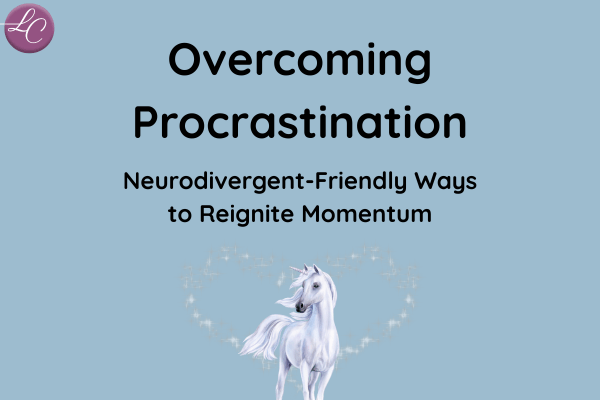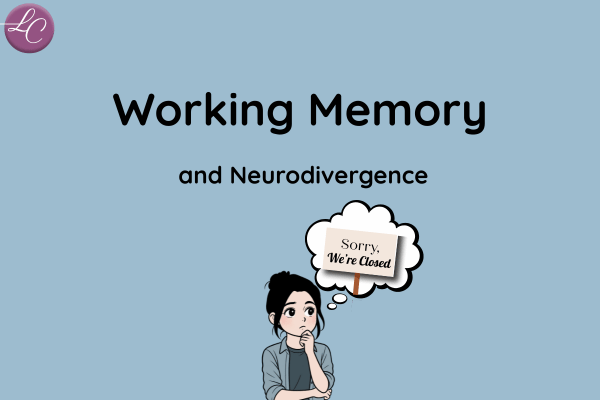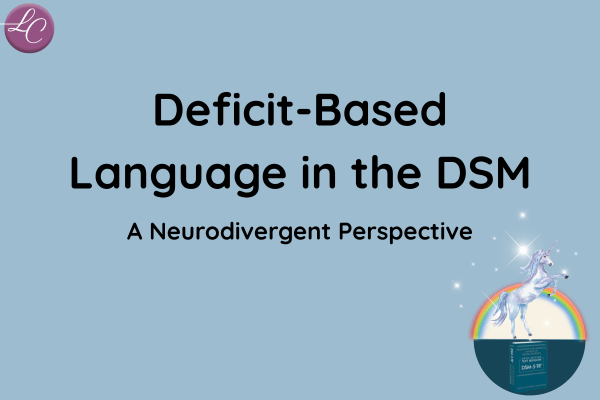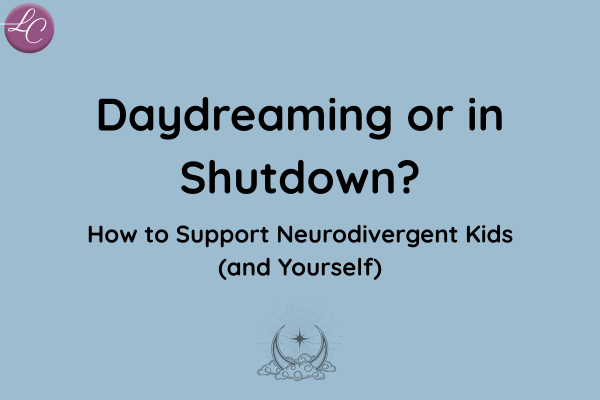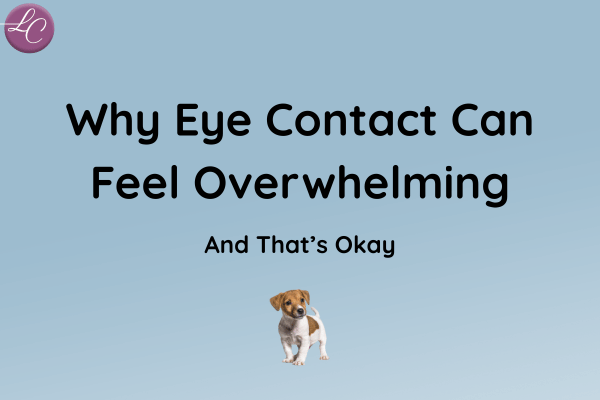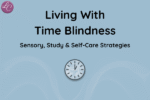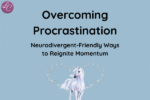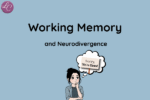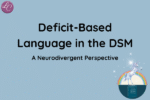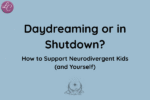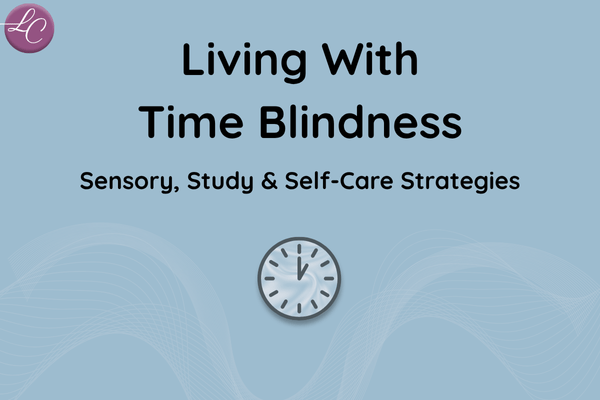
Living With Time Blindness as a Neurodivergent Adult
Living With Time Blindness as a Neurodivergent Adult
Sensory, Study & Self-Care Strategies
When Time Feels Like It’s Slipping Away
Time blindness isn’t just a “study problem.” It touches everything—from work routines to daily tasks to emotional wellbeing. You sit down for “just ten minutes” and surface hours later, dazed, unsure where the time went.
How It Feels From the Inside
- “I was ready to go, but then I blinked and an hour disappeared.”
- “I lose myself in hyperfocus until my body feels like it’s in another timezone.”
- “Clocks feel meaningless. I sense time only when I’ve missed it.”
Time becomes fluid—stretching and shrinking unpredictably—and that instability can leave you feeling overwhelmed or guilty.
I often marvel at the “stretchiness” of time – including when you slip on a wet floor and have so many opportunities to make decisions as you fall.
The Sensory and Emotional Layers
For neurodivergent adults, time blindness often merges with sensory overload and executive fatigue.
The brain can swing from hyperfocus to collapse without warning.
It’s like being on a train that speeds up and stops without explanation.
What’s Happening in the Brain
Differences in attention regulation and the prefrontal cortex can alter how time is perceived.
During intense focus or sensory stimulation, those time circuits can “pause” or accelerate—creating a distorted sense of flow.
Self-Care and Study Strategies That Help
🕰️ Visible Timers: Use sound or light cues that gently mark the passage of time.
🪶 Flexible Routines: Build rhythm rather than rigid schedules—allow room for variation.
💭 Body Check-Ins: Pause and ask, “What time does my body think it is?”
👥 Body Doubling: Study or work alongside another person to stay anchored.
🎧 Sensory Reset: Sound, breath, or movement breaks help re-synch time perception.
Watch the Video
Time blindness can feel like living outside of the clock — disoriented, rushed, or caught in loops of hyperfocus.
In this video, I explore what that experience is like for neurodivergent adults and share sensory-based strategies to find your rhythm again, including gentle ways to reconnect through sound and presence.
Reconnecting With Your Own Rhythm
Recognising time blindness is an act of self-understanding, not self-criticism. When you see how your brain experiences time, you can design supports that feel kind and sustainable.
If you’d like a way to reconnect with your sense of rhythm, check out my Soothing Sounds videos — short, restorative sessions designed for neurodivergent nervous systems. You can access the playlist here.

